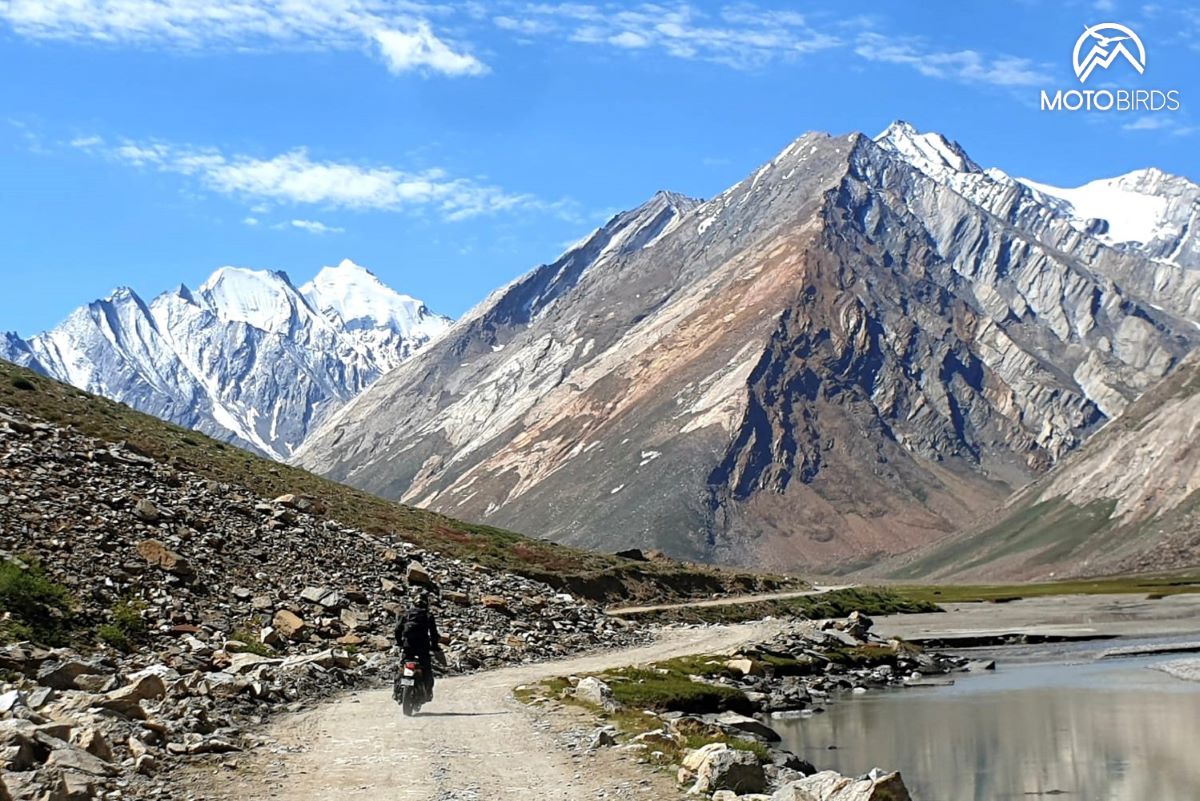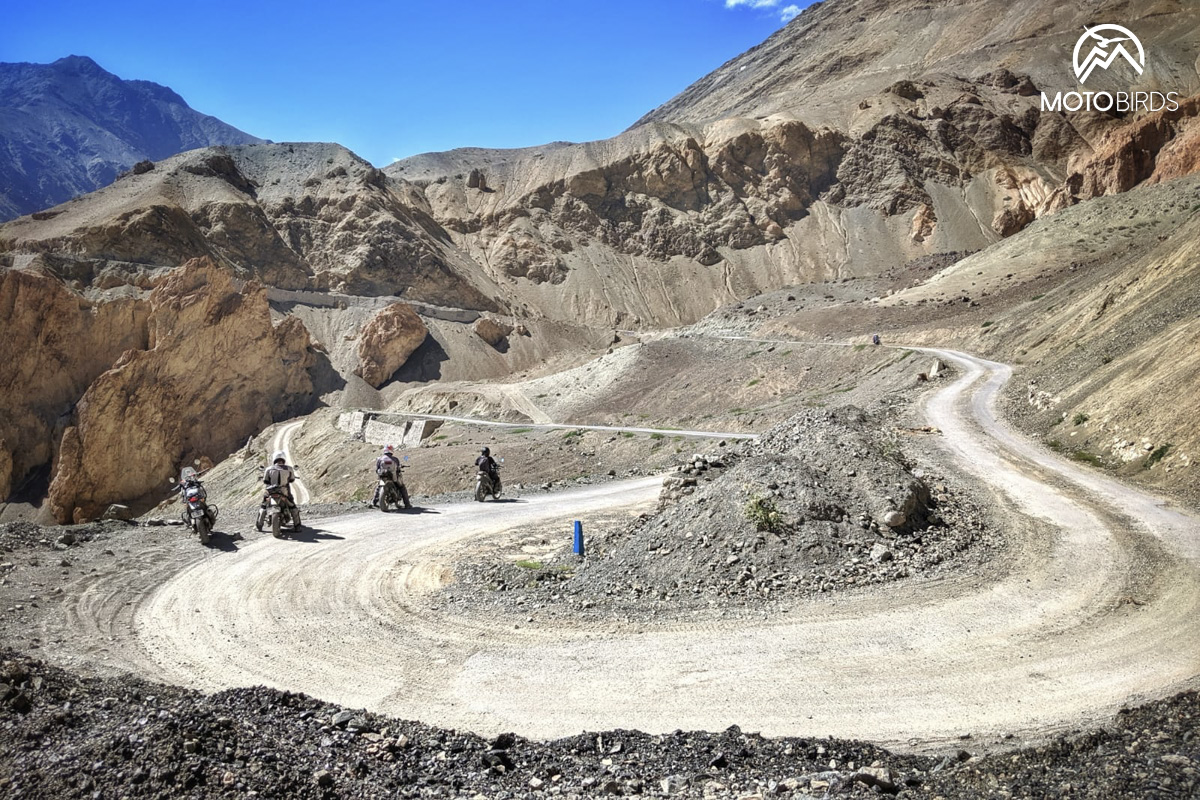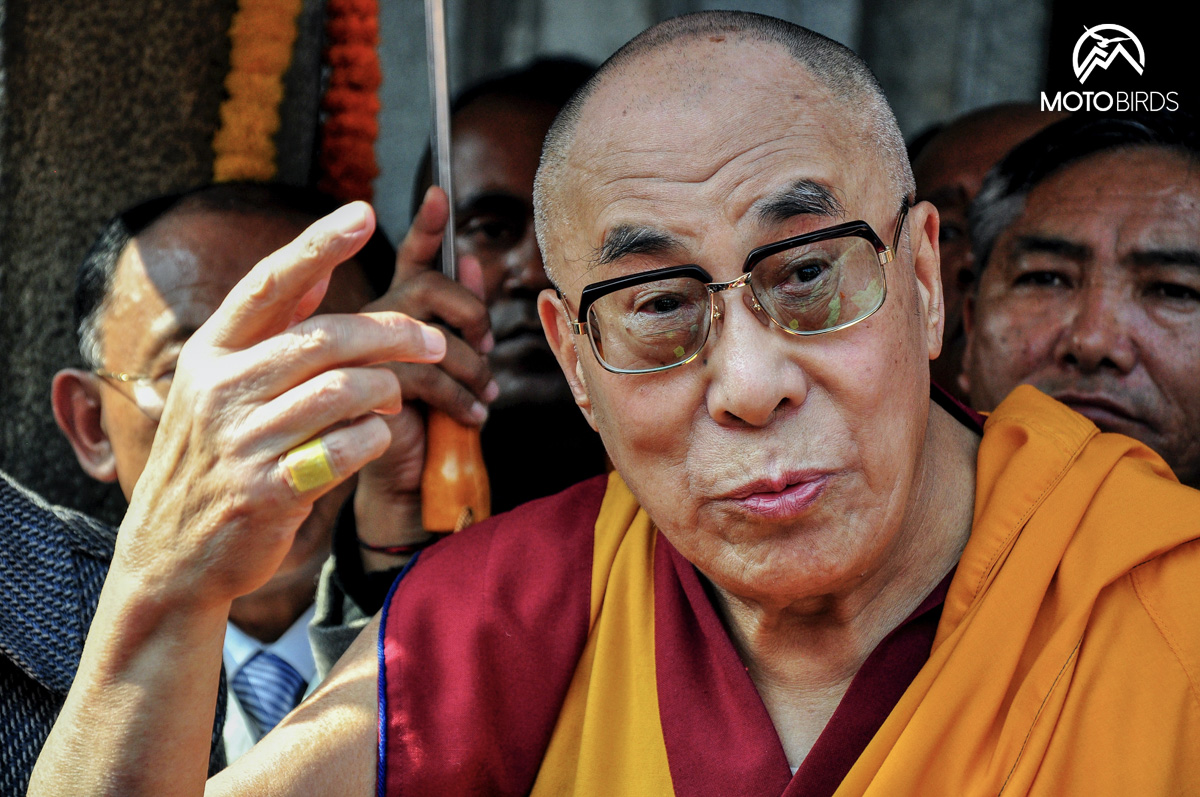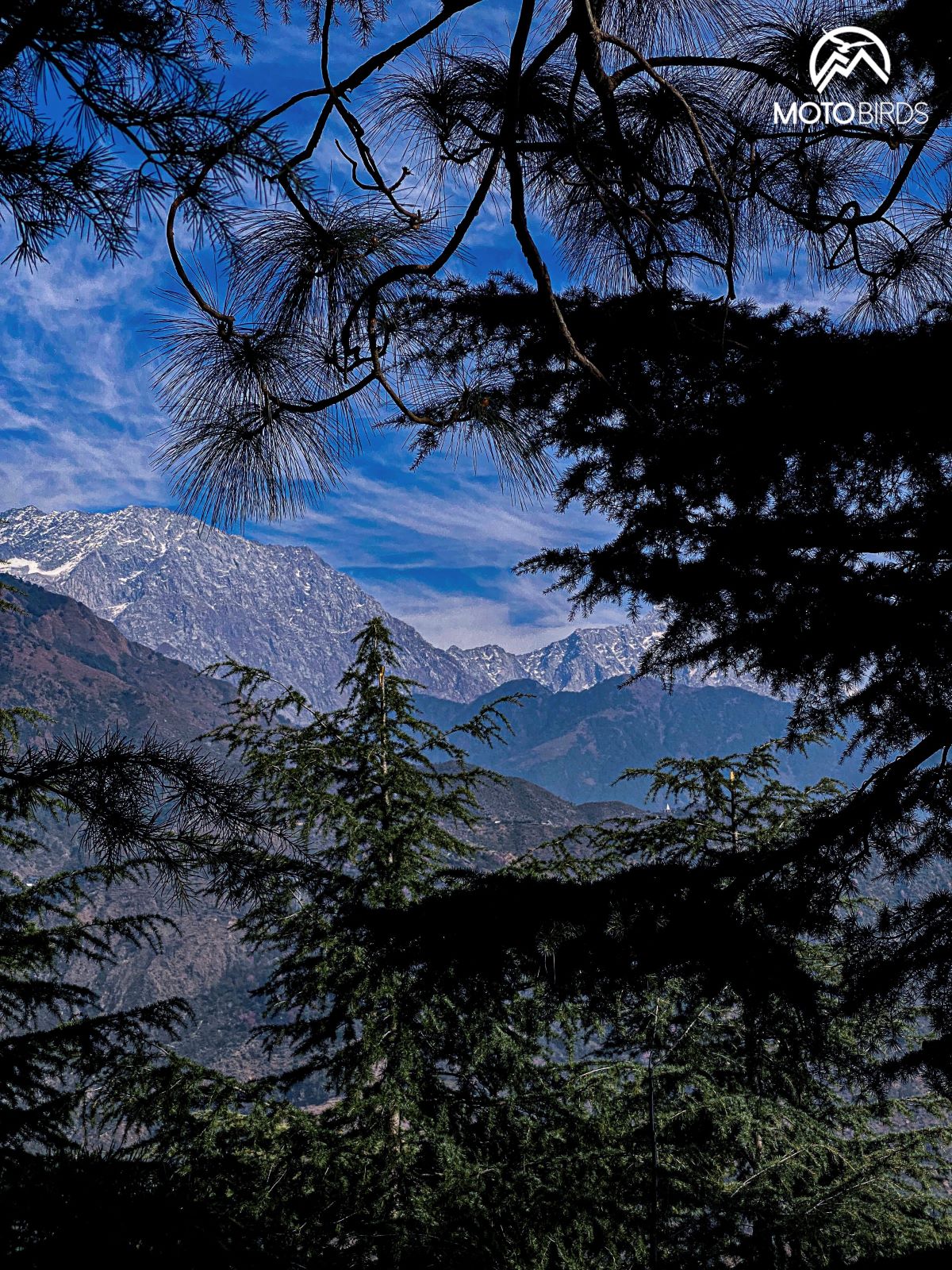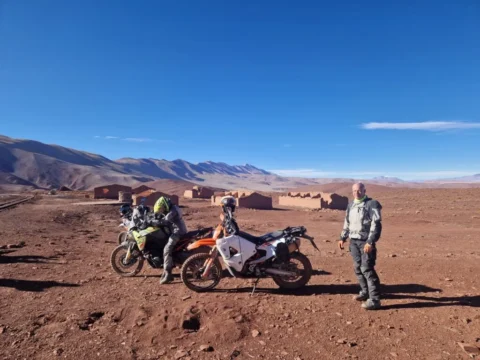Do You Know Where the Dalai Lama Lives?
Asking if you know where the Dalai Lama lives is a bit of a trick question, right? Really, we were looking for an excuse to tell you about an amazing city located in northern India. It’s amazing because it sometimes feels more like Tibet, and is even called “Little Lhasa.” However, it is still an Indian city located in the western Himalayas. Hindus and Tibetans live together in friendship here, which is why you can hear Tibetan “Tashi Delek” and Hindu “Namaste” on the streets. You can meditate in the midst of beautiful mountains, waterfalls, and forests. You can also taste Indian and Tibetan cuisine and listen to the teachings of the Dalai Lama.
The Dalai Lama IV lives in Dharamsala, India, and…why is that?
If you are interested in 20th century history or Buddhism, or the Himalayas are close to your heart, you have probably heard about the Dalai Lama. The current Dalai Lama XIV was born in northeastern Tibet on July 6, 1935 as Lhamo Dondrub. At the age of 2, he was recognized as the reincarnation of the Dalai Lama XIII and ordained as a monk (he received the spiritual name: Jetsun Jamphel Ngawang Lobsang Yeshe Tenzin Gyatso, which means: Most Venerable, Perfect Glory, Intelligent Holder of Teachings, Ocean of Wisdom. On February 22, 1940, he was enthroned as the Dalai Lama XIV, and at the age of just 15, in November 1950, he assumed full political power as the leader of Tibet. This was due to the “tense” situation with China, which had declared the “liberation of Tibet” and its incorporation into China necessary. Which, by the way, they did shortly thereafter.
The Dalai Lama and his entourage were forced to leave their homeland. In 1960, the Prime Minister of India offered the exiled Dalai Lama to settle in Dharamsala. The city was a former vacation center for British soldiers. From the beginning of the 20th century, the barracks and buildings used by the British were abandoned. Foreigners used to protect themselves from the heat of the Indian summer here, so Dharamsala already had a decent infrastructure and connection to the rest of the country. To this day, due to its location, it is an excellent mountain station.
The city quickly became an important political, religious, and cultural center. The main administrations of the Tibetan government in exile are located here: the parliament, ministries, and non-governmental organizations. On March 10, 2011, the Dalai Lama resigned from his political function in favor of a leader elected in democratic elections. However, he still serves as the most important spiritual teacher of Tibet, of which he is a symbol.
Lower Dharamsala and Upper Dharamsala
Dharamsala attracts scholars, pilgrims, and tourists. Many people planning to visit the city don’t yet know that Dharamsala actually has two important parts. Lower Dharamsala is mainly a shopping center where you can find courts and markets (including the famous Kotwali Bazaar). Upper Dharamsala consists of three small towns: McLeod Ganj (where the Dalai Lama lives), Bhagsunag, and Dharamkot, located a short distance apart, which can be walked in a few minutes.
It is no coincidence that the British fled here from the hot Indian summer. The city, located on the slopes of a hill, stretches along the Dhauladhar mountain range. It is surrounded by wonderful coniferous forests, with mainly pines and Himalayan cedars. The western Himalayan ranges, covered in mist and snow all year round, tower over the rooftops. In short, it is a beautiful place. However, if that’s not enough, in Dharamsala (specifically in Bhagsunag) you can also see some of the most beautiful waterfalls in India, and the whole region is dotted with crystal clear lakes. A paradise for all those who love to bring back beautiful nature photos from their travels!
Little Lhasa and Buddhism
Upper Dharamsala is often called Little Lhasa. McLeod Ganj is dominated by the Tibetan community. The main street is lined with shops selling Tibetan handicrafts and art. A great place to peel off some of your hard-earned dollars for sure! Of course, trade also flourishes at the countless mini markets located around the Tsuglagkhang complex, where the Dalai Lama lives. It is also a place of pilgrimage for followers of Tibetan Buddhism and all those who are seeking spiritual energy.
The Tsuglagkhang complex is the official residence of the Dalai Lama XIV. It fully reflects the richness of the Tibetan character of this place. Some claim it exudes positive energy and peace, which can probably be called spiritual? You can listen to debates by Buddhist monks dressed in traditional burgundy, yellow, or red robes. Pilgrims flock here in search of Dharma. It is also where the most exiles from Tibet settle.



If you’re looking for a spiritual getaway with a touch of Tibetan flavor, Dharamsala is the place to be! Not only can you visit the largest Tibetan temple outside of Tibet, the Namgyal Monastery, but you can also immerse yourself in Tibetan culture and religion. Founded in the 16th century, the Namgyal Monastery is now home to around 200 Tibetan monks and it is thanks to their hard work that Tibetan rituals, art, and monastic traditions are preserved. The monks also run a center for the study and meditation of Buddhist scriptures for the benefit of Tibetan faith. Studies at the center include:
- modern Tibetan (and English) language,
- texts on sutras and tantras,
- Buddhist philosophy,
- butter sculpture,
- torma offerings,
- sand mandala creation,
- traditional musical instrument playing,
- and ritual singing and dancing.
So whether you’re a Tibetan Buddhism enthusiast or just want to escape the hustle and bustle of everyday life, Dharamsala has something for everyone.
The impressive statues of Buddha and the prevailing atmosphere will delight anyone who visits the monastery. Regardless of the religion they follow. If you want to see what a Tibetan Buddhist monastery in the Himalayas looks like (where future lamas are also trained), check here.
Dharamshala is a place of many cultures
Although most well known as the home of the Dalai Lama, Dharamsala is also a place where many cultures, religious systems, and spirituality intersect. In these narrow, mountainous streets, you can easily encounter a sacred cow (although there are even more goats here). You can try both delicious Indian and Tibetan cuisine and drink one of the best teas in the world (of course, brought from the Darjeeling province).
Experience the vibrant Tibetan Buddhism and also participate in the most important Hindu festivals in Dharamsala! The city is home to numerous temples, including Buddhist, Hindu, and Muslim ones. Dharamsala also celebrates two major festivals: the autumnal Diwali festival of lights and the springtime festival of colors, Holi.


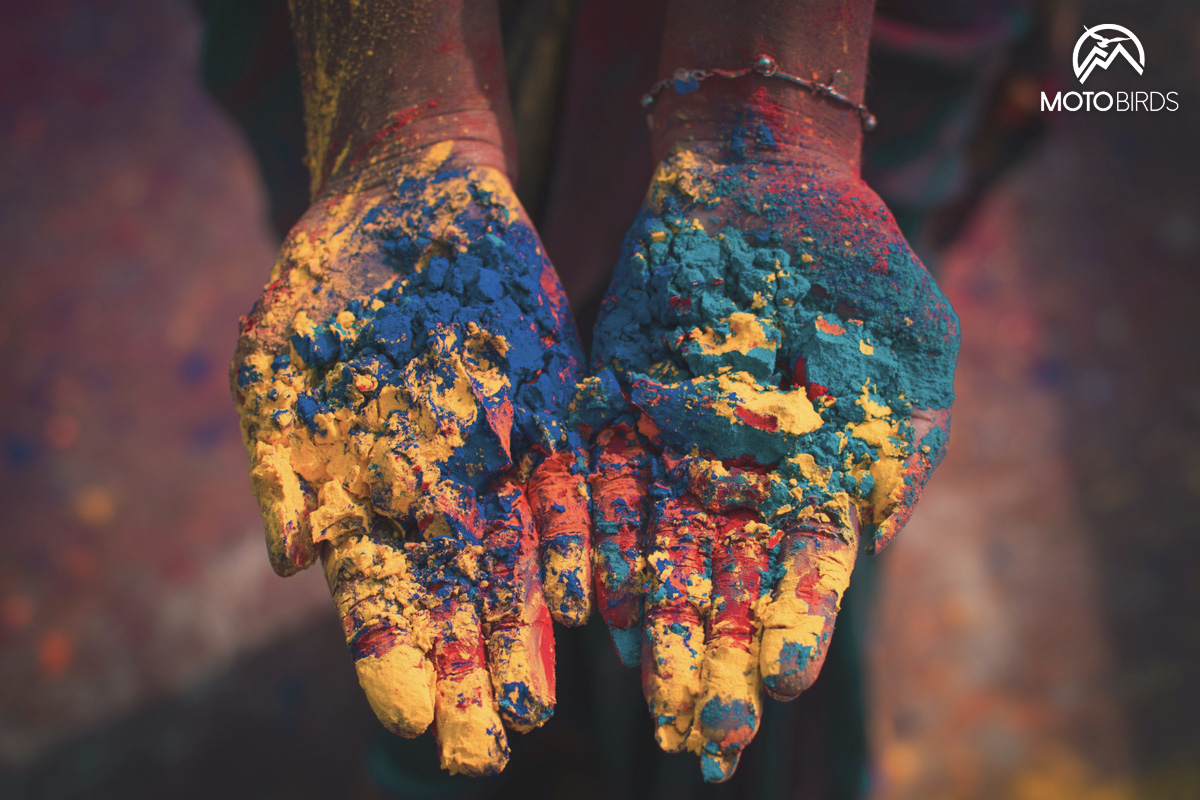
You’ll also find many yoga schools and tantra teachers in Dharamsala. You can also learn meditation, not necessarily Buddhist. There are many teachers leading classes in beautiful Japanese-style tea gardens. And with MotoBirds, you can also ride motorcycles through this amazing area – we were there on two wheels for the first time in 2009. The place changes every year, but it’s still astonishing that you can experience so many cultures and emotions in one city. We keep going back to have the opportunity to discover a true mosaic of cultures.



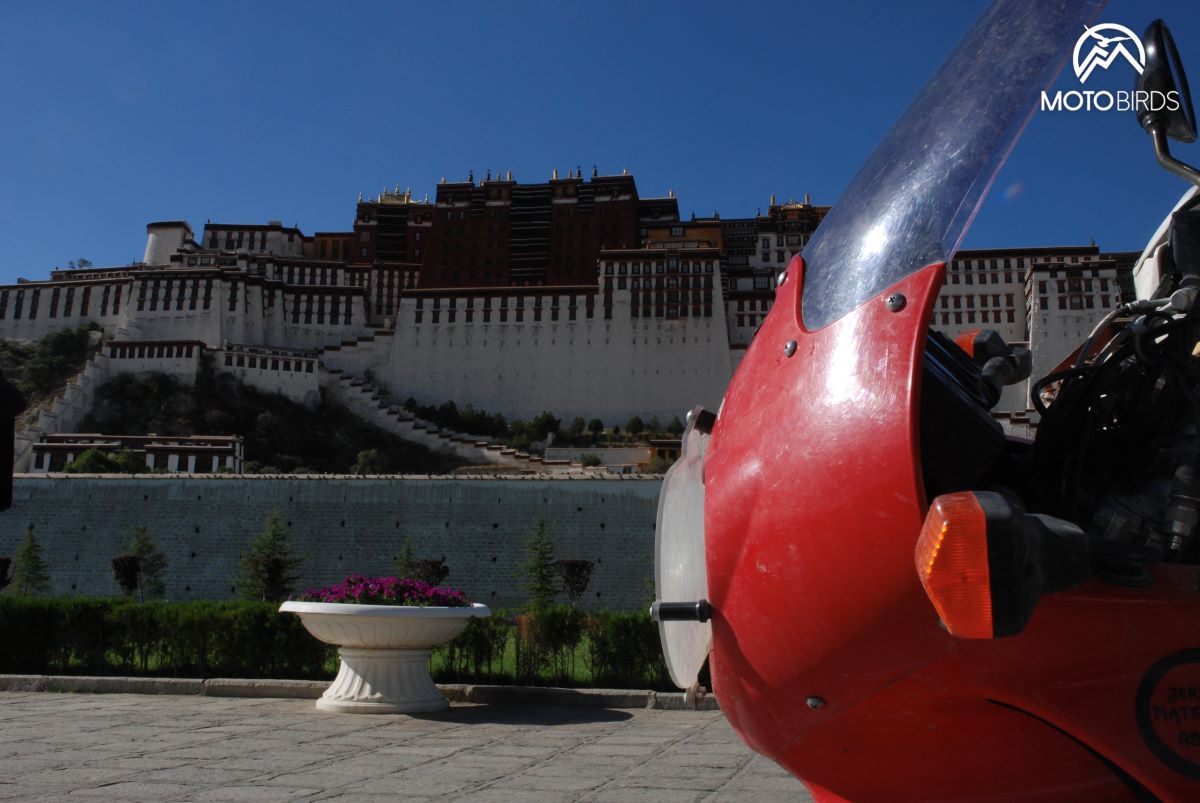
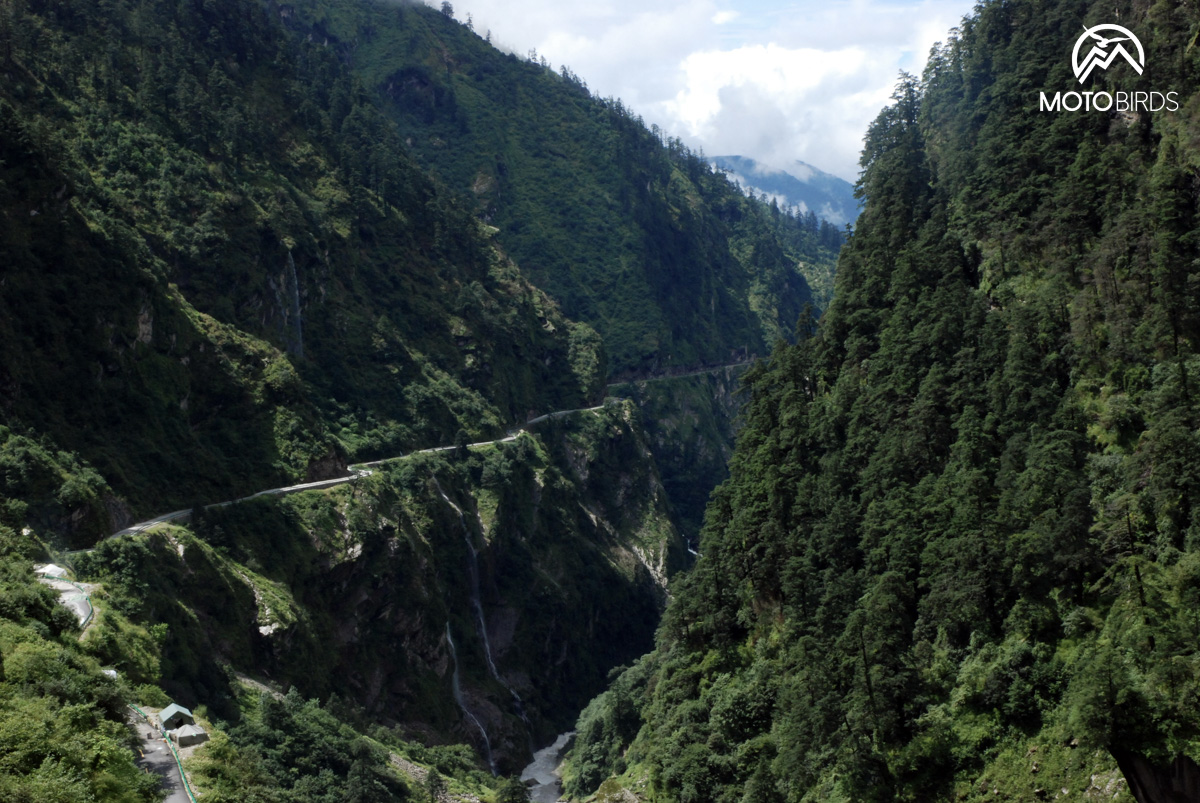
What’s next?
The 14th Dalai Lama is an effective ambassador for the cause of Tibet in the West. It is not surprising, therefore, that there is fierce competition for his successor. Unfortunately, our story of this wonderful place ends here and political reality takes over. In 2011, the Chinese Ministry of Foreign Affairs announced that only the Beijing government can appoint the successor to the current Dalai Lama. The institution of the Dalai Lama has existed for five hundred years, but it may end with the death of the 14th Dalai Lama. Out of fear of Chinese influence on this institution, the Dalai Lama has announced that there will most likely not be another reincarnation.
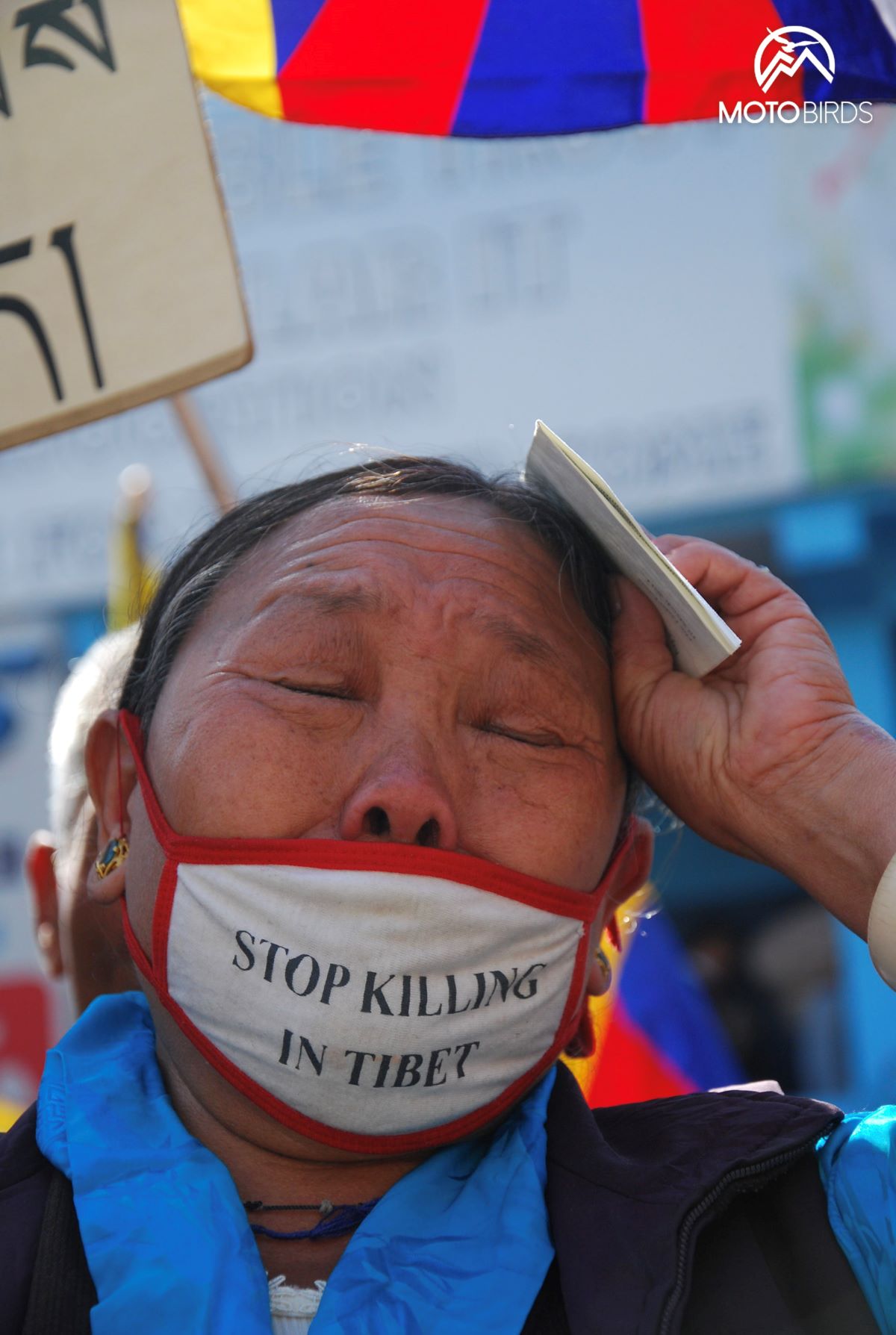
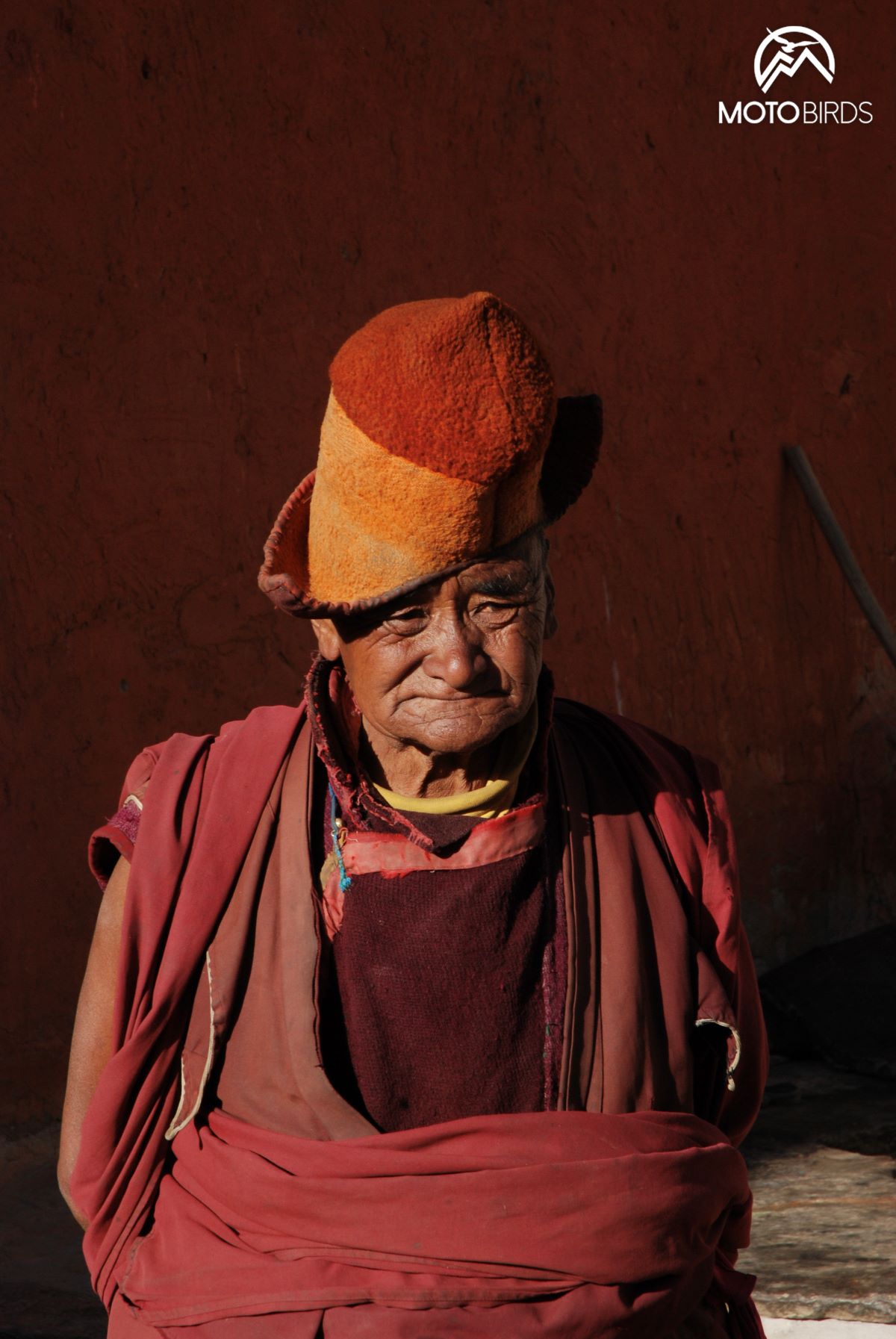
We can debate what happens after death, but Dharamsala is likely to remain a center of Tibetan culture and religious (and political) life for a long time to come. Will Dharamsala continue to be the Tibetan center of spiritual life without the Dalai Lama’s institution? It is hard for us to assess. We do know, however, that it is worth visiting this extraordinary place. The sooner, the better. The MotoBirds Team, as every year, is going on a Himalayan expedition and we will definitely visit the city of Dharamsala.
See you soon!
